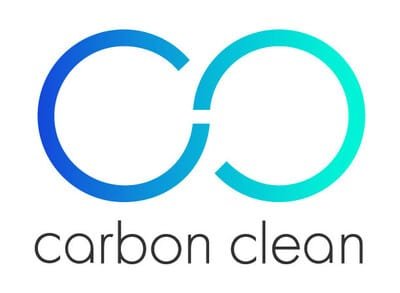Govt is prioritizing the shift toward clean mobility
India’s electric vehicle market is expected to be trade valued at US$14,910.33 million in 2028, growing with a CAGR of 19.81%, from US$5,153.79 million in 2022, according to a research report on 28 Nov 2022.
“India is heading towards rapid adoption of green energy through various government initiatives, subsidies which in turn escalates sales of electric vehicles across the country to drive the India electric vehicle market in the upcoming years,” said the report by ResearchAndMarkets.
With rising pollution levels and the cost of fossil fuels, many countries are adopting green energy, and India is no exception, said the report “India Electric Vehicle Market”.
Electric vehicles are divided into four segments based on propulsion: BEV, HEV, PHEV, and FCEV.
BEV, which is fully dependent on the battery, is gaining more popularity due to its zero emission.
HEVs are powered by an internal combustion engine with one or more electric motors that use energy stored in batteries that cannot be charged separately.
In PHEV, electric vehicles can use battery-powered motors and IC engines independently to run the vehicle.
FCEVs, which are more efficient and produce no emissions than conventional IC engines, are powered by hydrogen.
The demand for electric vehicles is increasing rapidly, owing to the increasing shift towards advanced technology and multiple Government initiatives in India. Many companies emerge with their advanced technology and innovative product range keeping the budget-friendly cost of the vehicle.
The Government is prioritizing the shift toward clean mobility and faster adoption and manufacturing of electric vehicles under the FAME II scheme in India, making them more affordable.
The two-wheeler segment holds the dominance in the electric vehicle market as many youngsters opt for electric two-wheelers for their daily needs and city ride.
Also, COVID- 19 has helped the popularity of electric vehicles among customers at a gradual pace. The low cost of running the three-wheeler segment is rapidly increasing its sales.
Many new players are emerging with their wide range of products which helps in market competitiveness. Under the Paris Climate Agreement, the Indian government endorses renewable and non-polluting forms of producing electricity.
Rapid technological improvements in the areas of battery capacity enhancement, increasing affordability, more comfort, more battery range, less charging time, less maintenance, and a contribution to pollution management are all factors contributing to the India electric vehicle market growth.
Lithium-ion batteries are fast gaining popularity because they offer more benefits over lead-acid batteries in terms of energy density, thereby offering greater range and faster charging time.
Due to rising oil prices and urban pollution, a move towards the adoption of green energy can be seen in India.
According to a FICCI and Rocky Mountain Institute report titled ‘Enabling India’s Transition to Electric Mobility,’ the country’s shift toward electric mobility in the passenger vehicle sector could save up to US$300 billion in oil imports and nearly one gigaton of CO2 emissions by 2030.
The Government is promoting green energy by increasing environmental consciousness and focusing on cost-effective transportation. fiinews.com









